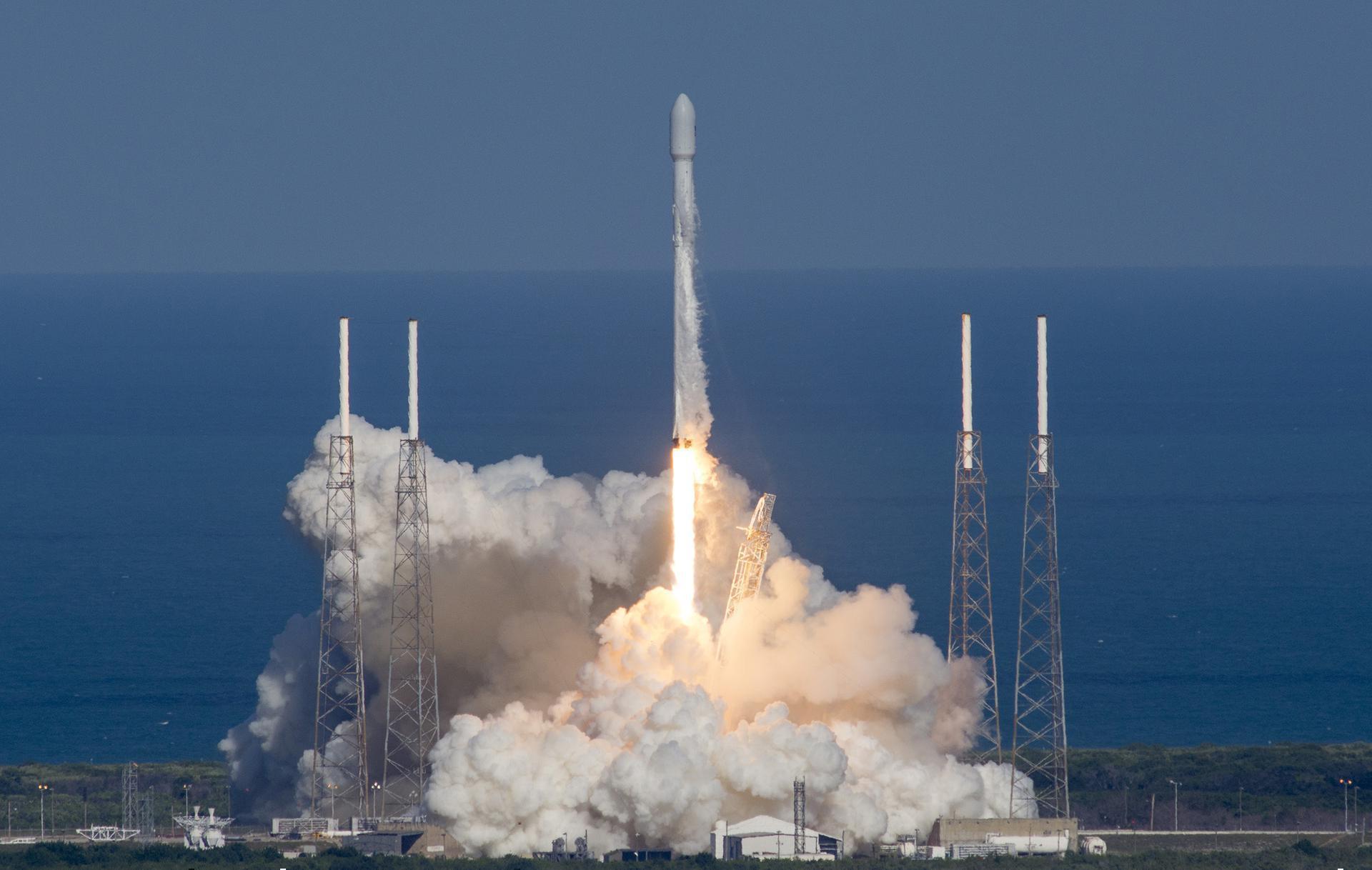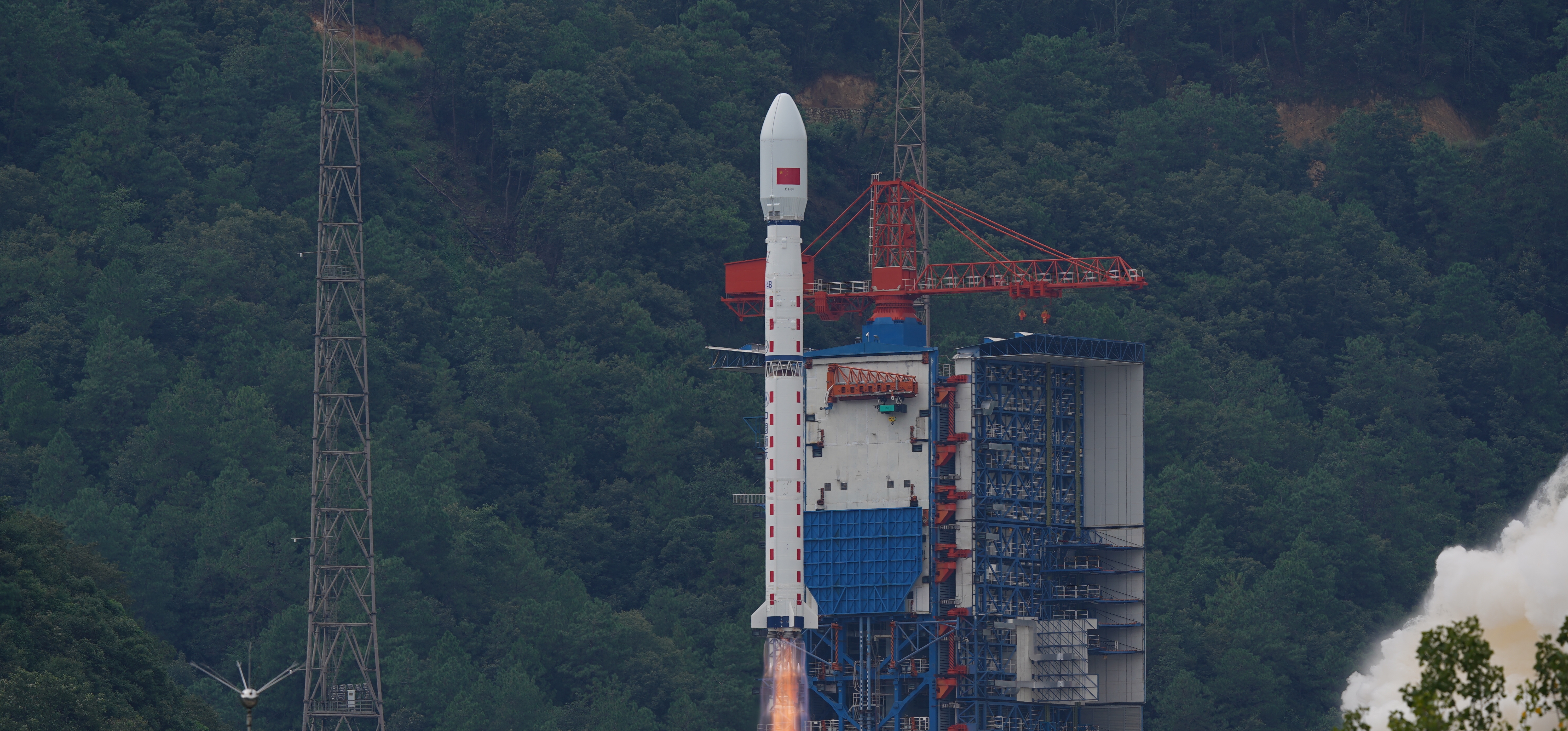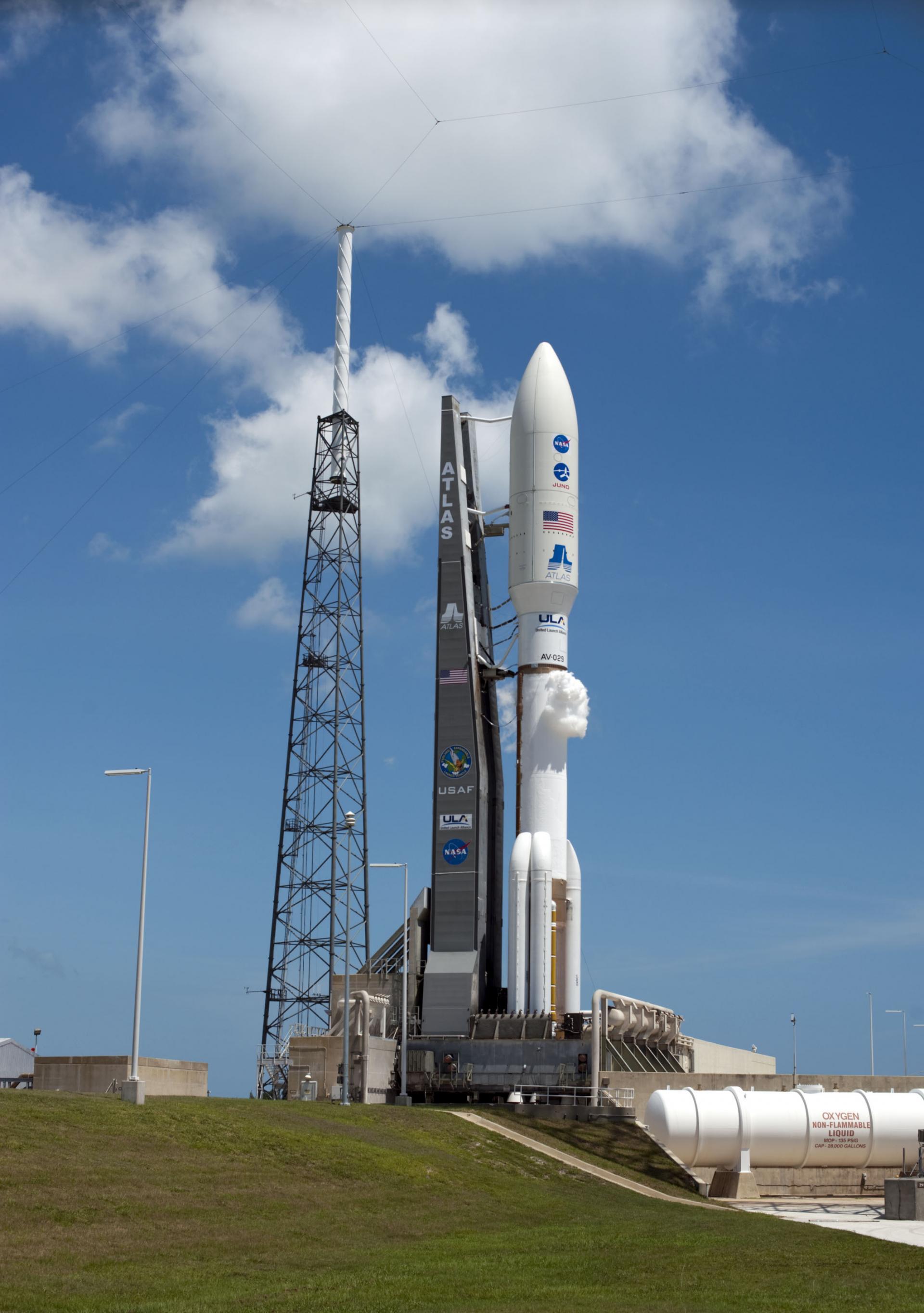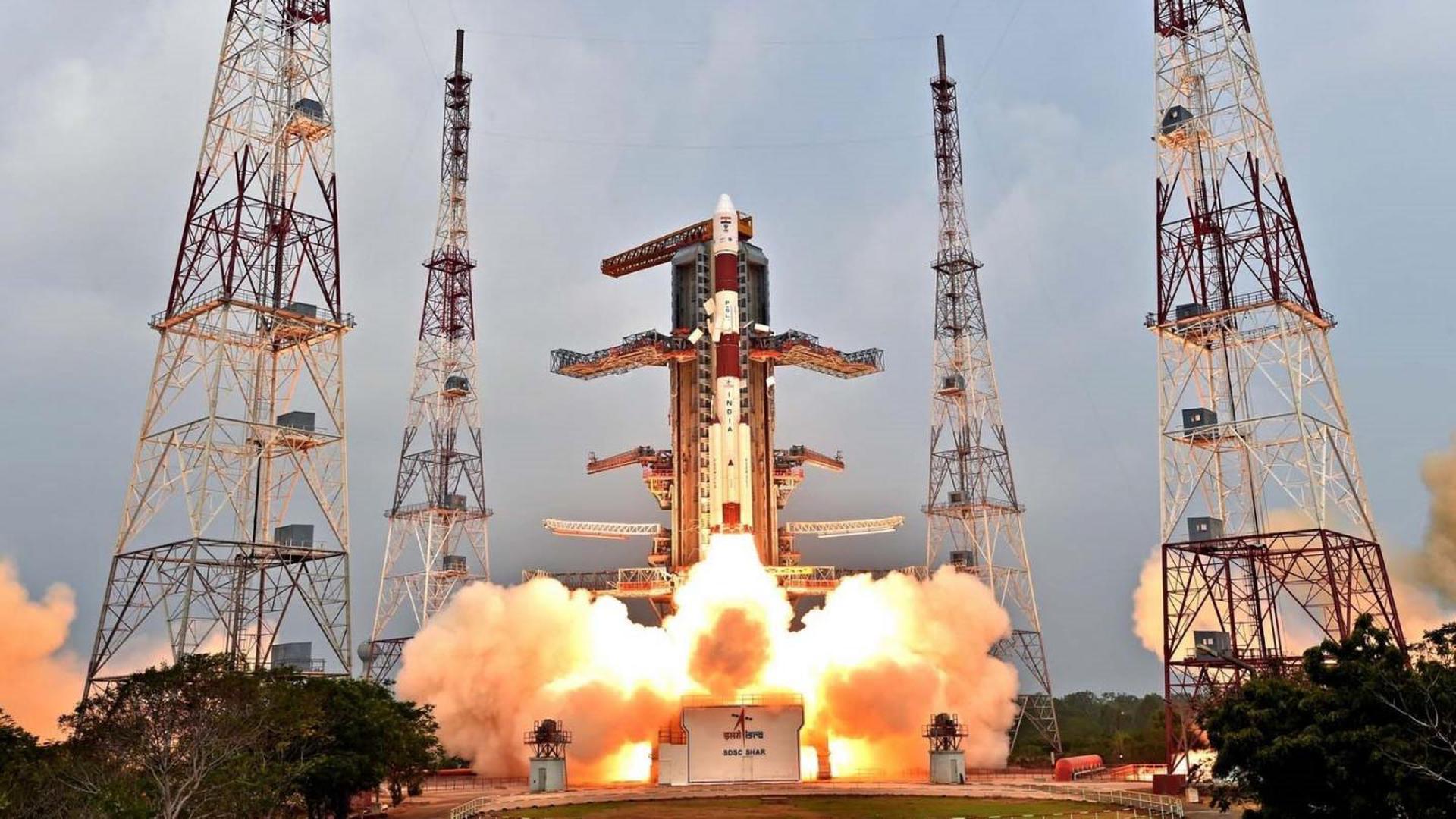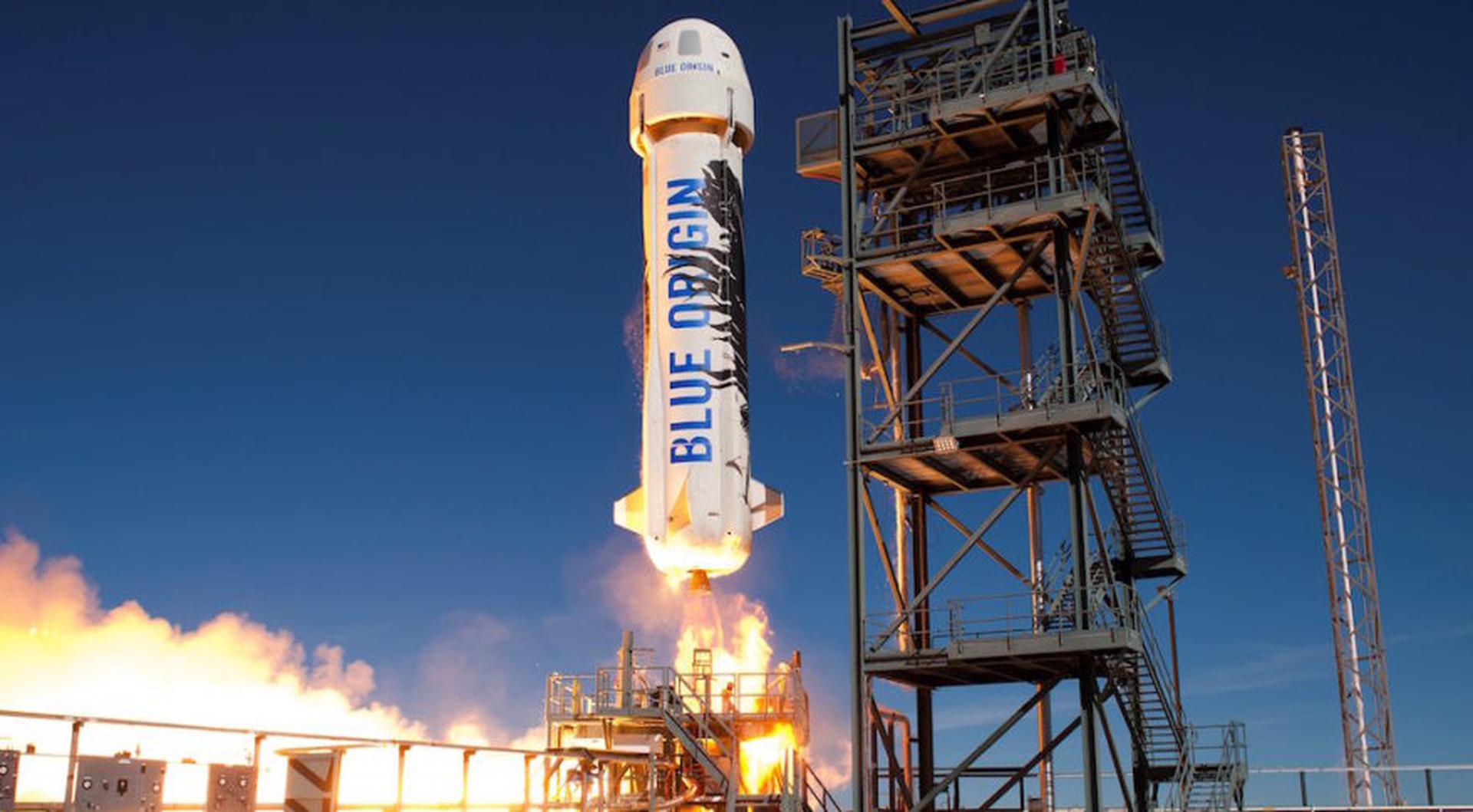Previous Spaceflight Launches
Filter by Agency, Locations or Vehicles
Show All LaunchesFalcon 9 Full Thrust | SpX CRS-9
SpaceX | United States of AmericaCape Canaveral SFS, FL, USA
July 18, 2016, 4:45 a.m.
Status: Launch Successful
Mission:
SpaceX launched the Dragon spacecraft on their ninth operational cargo delivery mission to the International Space Station. The flight was conducted under the Commercial Resupply Services contract with NASA.
Low Earth Orbit B1025 - Maiden Flight Landing Zone 1Soyuz-U | Progress MS-03 (64P)
Russian Federal Space Agency (ROSCOSMOS) | RussiaBaikonur Cosmodrome, Republic of Kazakhstan
July 16, 2016, 9:41 p.m.
Soyuz-FG | Soyuz MS (MS-01)
Progress Rocket Space Center | RussiaBaikonur Cosmodrome, Republic of Kazakhstan
July 7, 2016, 1:36 a.m.
Status: Launch Successful
Mission:
Soyuz MS-01 begins expedition 48 by carrying Roscosmos cosmonaut Anatoli Ivanishin, JAXA astronaut Takuya Onishi, and NASA astronaut Kate Rubins to the International Space Station. After launching aboard the Soyuz spacecraft from the Baikonur Cosmodrome in Kazakhstan, they will rendezvous to the station where they will remain for their 4 month stay.
Low Earth OrbitLong March 4B | Shijian 16-02
China Aerospace Science and Technology Corporation | ChinaJiuquan Satellite Launch Center, People's Republic of China
June 29, 2016, 3:21 a.m.
Long March 7 / YZ-1A | Development Flight 1
China Aerospace Science and Technology Corporation | ChinaWenchang Space Launch Site, People's Republic of China
June 25, 2016, noon
Atlas V 551 | MUOS-5
United Launch Alliance | United States of AmericaCape Canaveral SFS, FL, USA
June 24, 2016, 2:30 p.m.
PSLV XL | Cartosat-2C & 19 small satellites
Indian Space Research Organization | IndiaSatish Dhawan Space Centre, India
June 22, 2016, 3:55 a.m.
Status: Launch Successful
Mission:
Cartosat 2C is a remote sensing satellite. The satellite was built, launched and is maintained by the Indian Space Research Organisation. 18 satellites were also launched for foreign agencies including those from the U.S., Canada, Germany, and Indonesia.
Sun-Synchronous OrbitNew Shepard | NS-5
Blue Origin | United States of AmericaCorn Ranch, Van Horn, TX, USA
June 19, 2016, 3:15 p.m.
Ariane 5 ECA | Echostar 18 & BRIsat
ArianeGroup | FranceGuiana Space Centre, French Guiana
June 18, 2016, 9:38 p.m.
Status: Launch Successful
Mission:
Both Echostar-18 and BRISat are built by Space Systems/Loral using their 1300 bus to provide communications at geostationary orbit for 15 years. Echostar-18 will be positioned at 110 degrees west to replace Echostar-10, whereas BRISat will be stationed at 150 degrees east. BRISat will provide exclusive coverage for the Indonesian bank BRI which has 9,800 branches serving 50 million customers across the Indonesian archipelago. Echostar-18 and BRISat weigh 6000kg and 3500kg respectively.
Geostationary Transfer OrbitFalcon 9 Full Thrust | Eutelsat 117 West B & ABS-2A
SpaceX | United States of AmericaCape Canaveral SFS, FL, USA
June 15, 2016, 2:29 p.m.
Status: Launch Successful
Mission:
Eutelsat 117 West B and ABS 2A will be launched atop a Falcon 9 Full Thrust. Both sattelites will be launched into a geostationary orbit to provide communications services. Eutelsat 117 West B with 48 Ku-band transponders in a inclination at 116.8 degrees west will provide communications to Latin American customers in the video telecommunications and government sectors. Also Wide Are Augmentation System (WAAS) payload will enable the United States Federal Aviation Administration (FAA) improve aviation safety for the United States. ABS 2A with 48 Ku-band transponders in a inclination 78 degree orbit east. it will serve Eastern Europe , Russia, Middle East and India. This will be the 26 launch of the Falcon 9 and will attempt a first stage landing on the drone ship Of Course I still Love You.
Geostationary Transfer Orbit B1024 - Maiden Flight Of Course I Still Love You